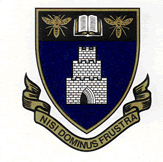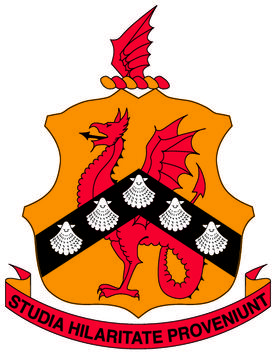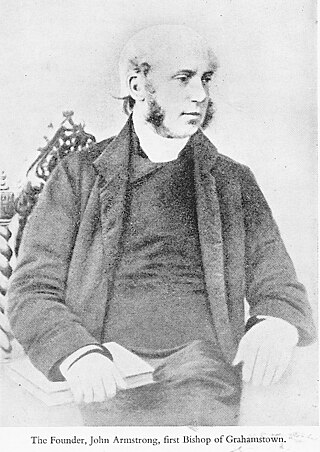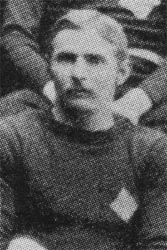| St Andrew's College | |
|---|---|
 St Andrew's College school crest | |
| Address | |
 | |
1 Somerset Street Makana Local Municipality, Sarah Baartman District , Eastern Cape South Africa | |
| Coordinates | 33°18′30″S26°31′07″E / 33.3084°S 26.5185°E |
| Information | |
| School type | All-boys private boarding school |
| Motto | Latin: Nec Aspera Terrent (Difficulties do not dismay us) |
| Religious affiliation(s) | Christian |
| Denomination | Anglican |
| Patron saint(s) | St. Andrew |
| Established | 15 August 1855 |
| Founder | John Armstrong, Bishop of Grahamstown |
| Sister school | Diocesan School for Girls |
| Chairman | Jaco Maree |
| Head of school | Thomas Clucas (2024) Sinjhun Cawse (2023) Nicolas Lane (2022) |
| Headmaster | Mr Tom Hamilton |
| Exam board | IEB and A-level |
| Chaplain | Rev Richard Wyngaard |
| Grades | 8–12 |
| Boys | Male |
| Age | 13to 18 |
| Number of students | 450 boys |
| Capacity | 500 |
| Language | English |
| Schedule | 07:45 - 14:50 |
| Campus size | 3.1 km2 (1.2 sq mi) |
| Campus type | Open Campus |
| Houses |
|
| Colour(s) | Blue, navy, white |
| Song | Jesus Calls Us, O'er the Tumult |
| Nickname | College |
| Team name | Three Stripes |
| Rivals | |
| National ranking | 3 |
| Test average | 86% |
| Bar pass rate | 100% |
| Publication | The Andrean |
| Yearbook | The Andrean |
| Alumni | Old Andreans |
| School fees |
|
| Website | www |
St. Andrew's College is an Anglican high school for boys located in Makhanda (Grahamstown), Eastern Cape province of South Africa. It was founded in 1855 by the Right Reverend John Armstrong, the first Bishop of Grahamstown. It is a semi boarding school, with a number of day boys. St. Andrew's College caters to 480 pupils from around the globe. The school is also a member of the G30 Schools group and closely associated with its brother school, St. Andrew's Preparatory School, and its sister school the Diocesan School for Girls.
Contents
- History
- Campus
- Chapel
- Boarding houses
- Curriculum
- Extracurricular activities
- Sport
- School hymn
- Notable Old Andreans
- Businessmen
- Engineers, scientists, lawyers and medical men
- Sportsmen
- Clergy
- Musicians, actors, authors and artists
- Nobility and politicians
- Soldiers, sailors and airmen
- Victoria Cross holders
- Notable staff
- Headmasters
- Gallery
- See also
- References
- Further reading
- External links
















